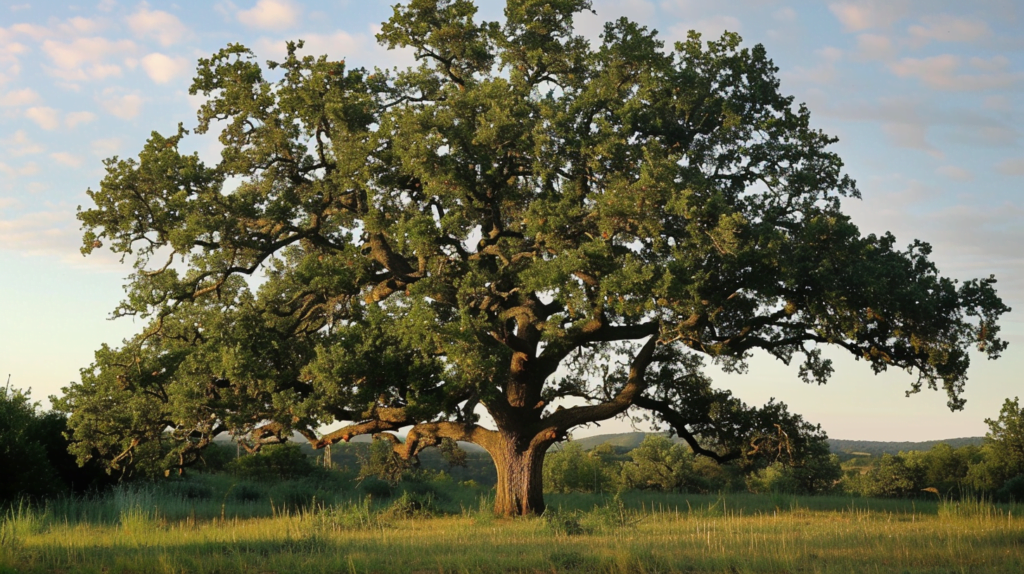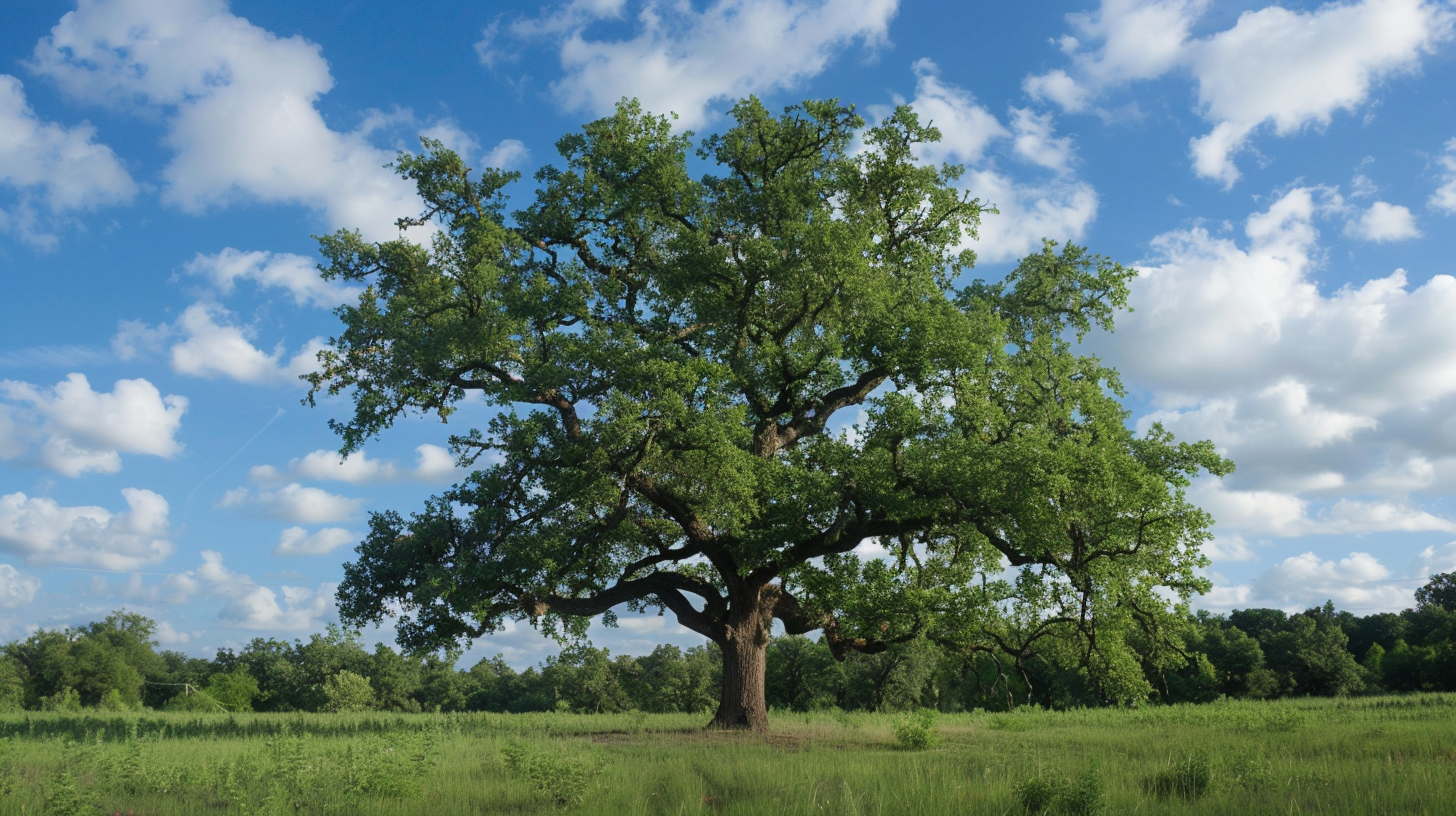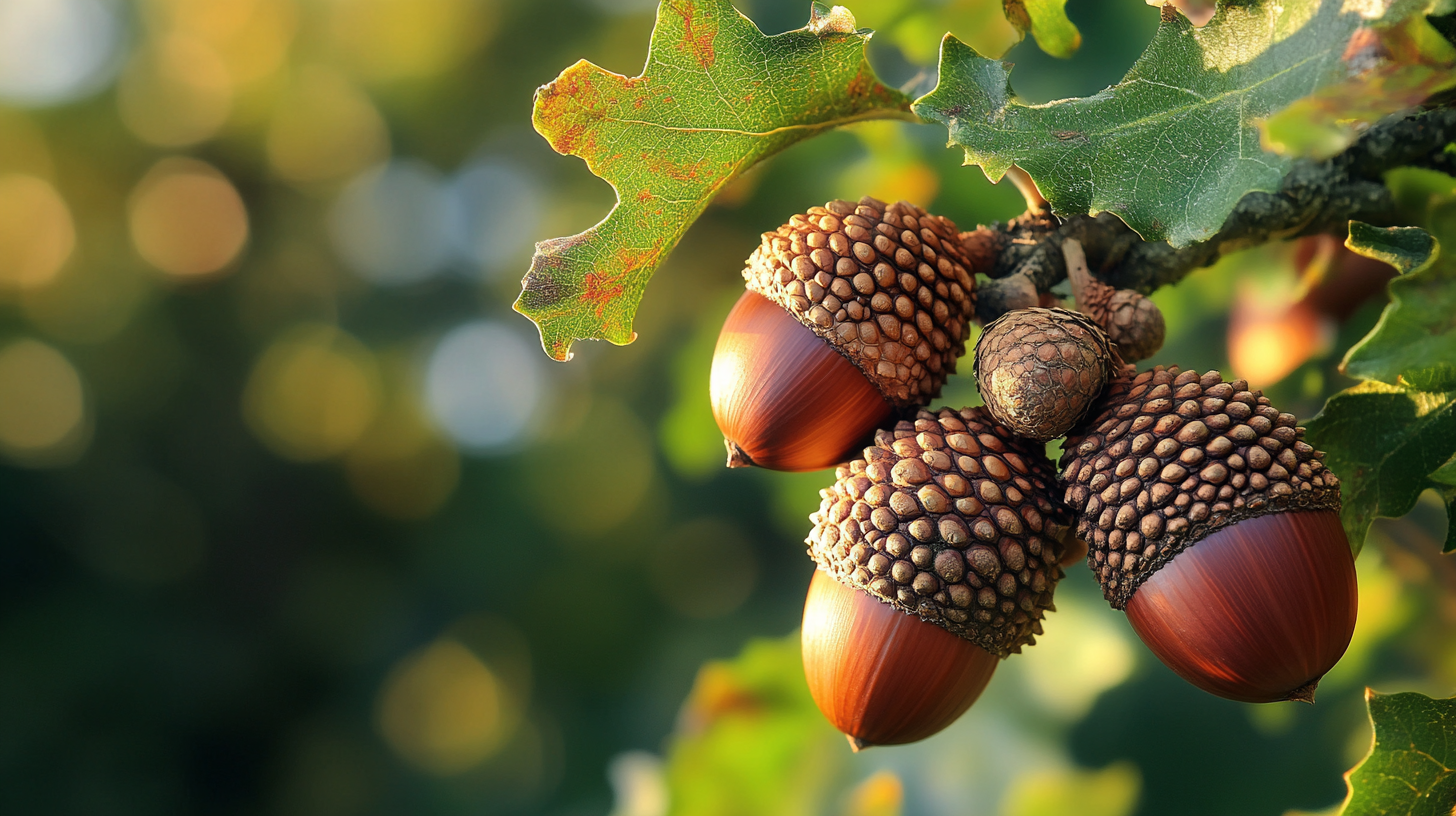Table of Contents
Introduction
Did you know that not all trees are classified the same way? Some trees, like pines and spruces, are gymnosperms, while others, such as maples and oaks, are angiosperms. In this article, we’ll explore whether oak trees are gymnosperms and delve into the fascinating world of plant classification. By the end of this guide, you’ll have a better understanding of what sets oak trees apart from gymnosperms and why plant classification is so important.
What are Gymnosperms?
Gymnosperms are a group of seed-producing plants that have been around for millions of years. The term “gymnosperm” comes from the Greek words “gymnos,” meaning naked, and “sperma,” meaning seed. This refers to the fact that gymnosperms have exposed or “naked” seeds that are not enclosed in an ovary or fruit.
Some key characteristics of gymnosperms include:
- Naked seeds
- Absence of flowers and fruits
- Presence of cones or similar structures for reproduction
Examples of gymnosperm species include:
- Conifers (pines, spruces, firs)
- Cycads
- Ginkgos
What are Oak Trees?
Oak trees are a group of hardwood trees that belong to the genus Quercus. There are approximately 600 species of oak trees found throughout the world, with a wide distribution across the Northern Hemisphere. Oak trees are known for their strong, dense wood and their importance in various ecosystems.
Some interesting facts about oak trees:
- Oak trees can live for hundreds of years, with some species surviving over 1,000 years
- Acorns, the fruits of oak trees, are an important food source for wildlife
- Oak wood is highly valued for its durability and is used in furniture, flooring, and barrel-making
Types of oak trees include:
- White oaks
- Red oaks
- Live oaks
The Classification of Oak Trees
Oak trees belong to the Fagaceae family, which is a group of flowering plants that also includes beeches and chestnuts. As members of the Fagaceae family, oak trees have the following characteristics:
- They are angiosperms, meaning they produce flowers and fruits
- Their fruits are known as acorns, which are nuts surrounded by a tough, scaly cup
- They have alternate, simple leaves with lobed or toothed margins
| Fagaceae Family Members | Key Characteristics |
|---|---|
| Oak trees | Acorns, lobed leaves |
| Beech trees | Smooth, gray bark |
| Chestnut trees | Spiny burs |
Differences Between Gymnosperms and Angiosperms
Gymnosperms and angiosperms are two major groups of seed-producing plants, but they have some key differences:
Reproductive structures:
- Gymnosperms have naked seeds that are not enclosed in an ovary or fruit, and they typically reproduce using cones
- Angiosperms have seeds that are enclosed in an ovary, which develops into a fruit, and they reproduce using flowers
Vascular tissue:
- Gymnosperms have tracheids, which are elongated cells that transport water and provide structural support
- Angiosperms have both tracheids and vessels, with vessels being more efficient at water transport
Evolutionary history:
- Gymnosperms are an older lineage of plants, having first appeared around 390 million years ago
- Angiosperms are a more recently evolved group, first appearing around 130 million years ago

The Importance of Plant Classification
Plant classification, or taxonomy, is the science of naming, describing, and classifying plants based on their characteristics and evolutionary relationships. Understanding plant classification is crucial for several reasons:
- It helps us understand the diversity of plant life on Earth
- It allows us to study plant ecology and evolution more effectively
- It aids in conservation efforts by identifying rare or endangered species
“Without taxonomy to give shape to the natural world, intelligent thought and communication about living things would be impossible.” – Michael Ghiselin, biologist and philosopher
Frequently Asked Questions
Q: Are all trees with cones gymnosperms?
A: Yes, all trees that produce cones, such as pines, spruces, and firs, are gymnosperms.
Q: Can oak trees hybridize with other species?
A: Yes, oak trees can hybridize with other species within the Quercus genus, resulting in unique combinations of characteristics.
Q: How long do oak trees typically live?
A: Oak trees can live for hundreds of years, with some species surviving over 1,000 years under the right conditions.
Q: What are some common uses of oak wood?
A: Oak wood is prized for its strength, durability, and beauty. It is commonly used in furniture-making, flooring, construction, and barrel-making for aging wines and spirits.
Conclusion
In conclusion, oak trees are not gymnosperms but rather angiosperms belonging to the Fagaceae family. While gymnosperms and angiosperms are both seed-producing plants, they differ in their reproductive structures, vascular tissues, and evolutionary history. Understanding plant classification is essential for appreciating the diversity of plant life and supporting conservation efforts.
We encourage you to learn more about the oak tree species native to your area and to take the time to observe and appreciate these magnificent trees in their natural habitats.




